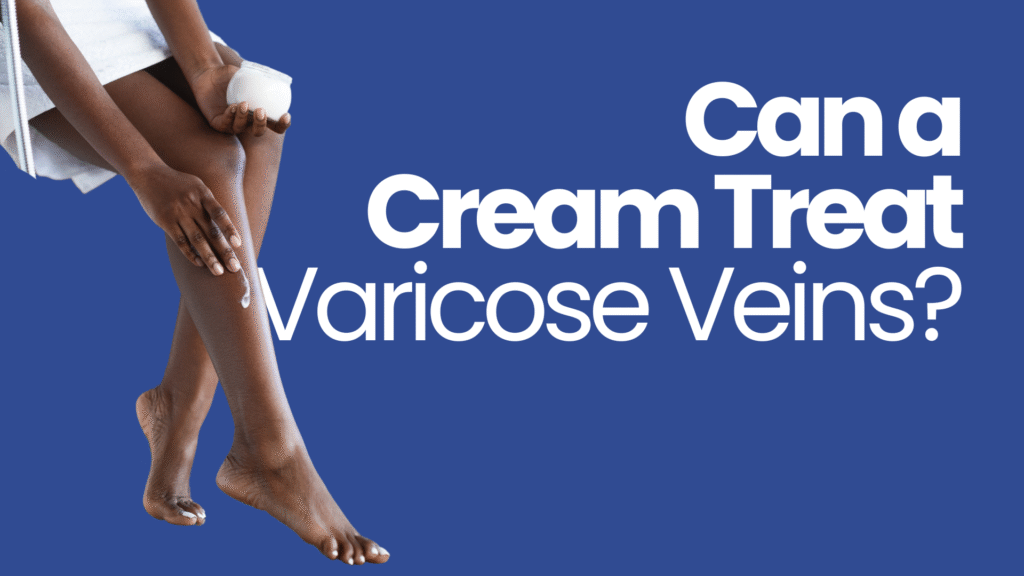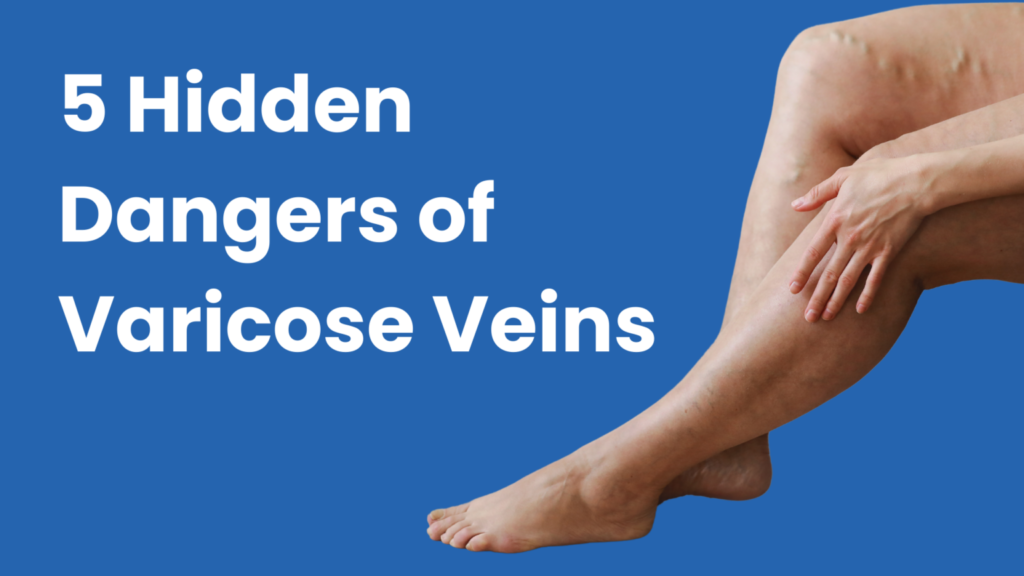The human body contains an amazing 60,000 miles of blood vessels, including veins, arteries, and capillaries, which all have to work together to circulate blood throughout your body. If there’s a problem in any of these vessels, it can interfere with your circulation and create both localized and system-wide issues.
With chronic venous insufficiency (CVI), the veins in your legs struggle to return blood to your heart, which can create a wide range of issues.
As vascular experts, the team here at Soffer Health Institute, which is headed up by board-certified cardiologist Dr. Ariel Soffer, specializes in the many issues that can affect your blood vessels, and CVI certainly ranks among the more common.
Here, we take a closer look at CVI — the signs, your risks, and what we can do to help.
Table of Contents
ToggleChronic venous insufficiency basics
The entirety of the blood in your body — about five to six quarts — is circulated three times every minute. The main passageways that provide this incredibly fast travel are your arteries (which deliver blood from your heart to your tissues) and your veins (which return blood to your heart).
The veins in your legs have to work a little harder than other veins in your body, since they fight both distance and gravity. To help them keep moving your blood in the right direction, your veins rely on muscles in your calves to contract, which pushes the blood upward. To keep the blood from spilling backward, the veins in your legs feature tiny, one-way valves that shut off as blood passes through.
When you have CVI, these valves become weak, which allows blood to leak backward and pool in your legs.
Signs of CVI
Depending on the extent of the damage to the valves in the veins of your legs, you may experience:
- Leg pain — usually a dull ache
- Cramping or muscle spasms
- Swelling in your ankle(s)
- Restless legs
- Changes in skin color
- Varicose veins
If your CVI is advanced, it can lead to slow-healing ulcers on your lower limbs.
Your risks for CVI
One of the leading causes of CVI is the existence of a blood clot, called a deep vein thrombosis (DVT), in one of the veins in your legs. Of those who’ve had a DVT, 30% develop CVI.
There are also many factors that can contribute to the development of CVI, including:
- Obesity
- A family history of CVI
- Age
- Sitting or standing for prolonged periods
- Pregnancy
- Hypertension
- Sedentary lifestyle
There is some good news in that many of these risk factors can be mitigated, which is often the first step in addressing your CVI.
Treatments for CVI
As we pointed out above, there are several lifestyle changes you can make to improve the function of the veins in your legs, such as losing weight and exercising more.
If you have CVI, you can also help the condition by elevating your legs frequently and using compression stockings, which help push blood through your veins.
If you’ve developed varicose veins because of CVI, these are irreversible, and your best option for eliminating them is to try one of our varicose vein treatment options, such as sclerotherapy, ablation, or surgical removal.
To determine which treatment may be right for you, we recommend that you first come see us for a vein evaluation. To get started, simply contact one of our offices in Weston, or Aventura, Florida, to set up an appointment.



